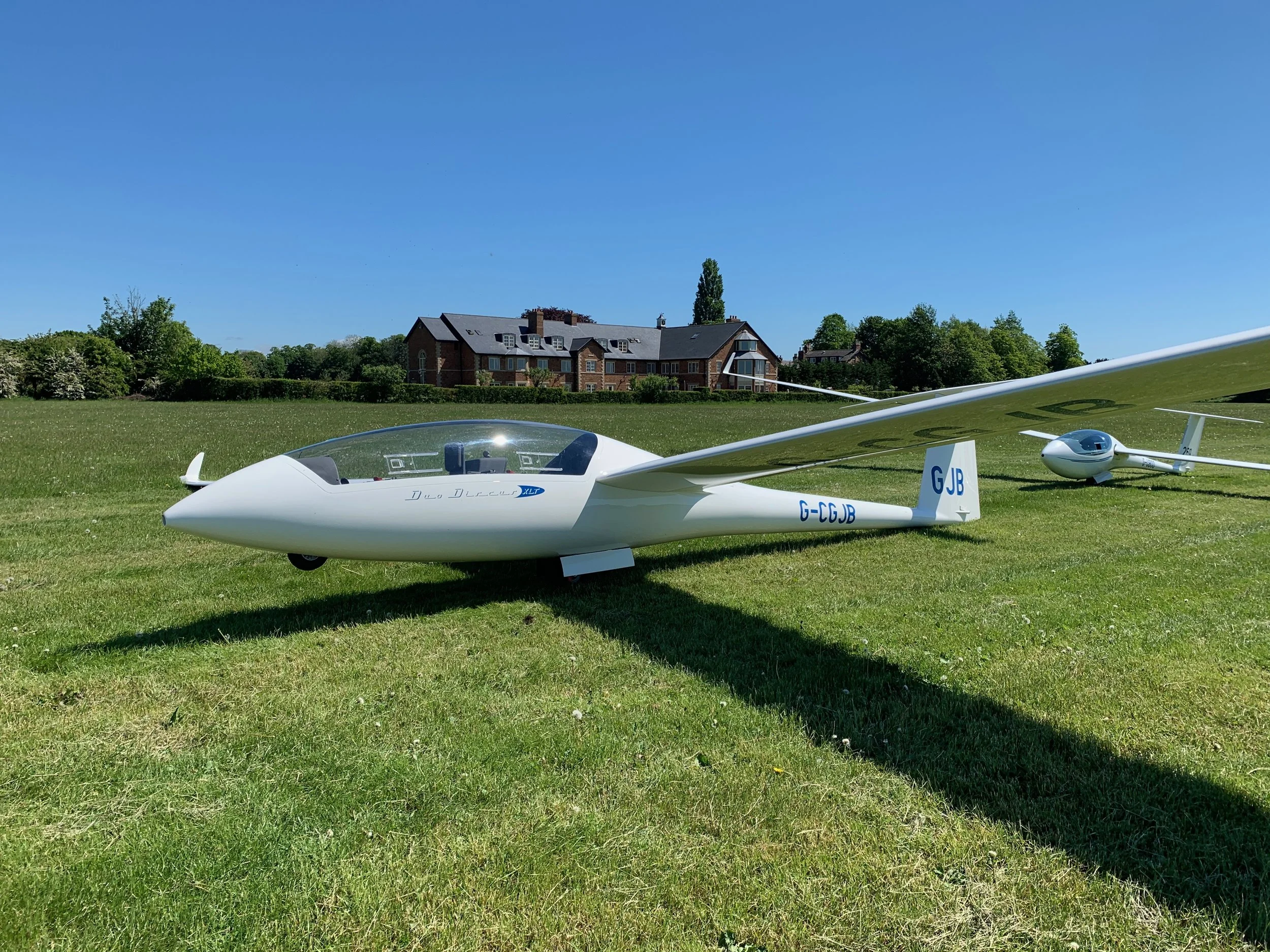General
Radio Frequency = 122.915 (‘Pocklington Base’)
Airfield Elevation = 87ft
Runway Length:
18-36 = 1167m
13-31 = 1072m
Location = 53°55'32.04"N / 0°47'39.77"W
Lat/Long = 53.925566 / -0.794380
50ft minimum height over road (runways 36, 31, 18)
Use of grass runways recommended due to poor state of asphalt runways.
No defined circuit for gliders - expect aircraft on either side simultaneously.
No requirement for radio call when in circuit.
Powered Pilots
Strictly PPR (max 4 seat aircraft)
Right Hand Circuit to Runway 18 and 13
Left Hand Circuit to Runway 36 and 31
Avoid overfly Pocklington, Allerthorpe and Barmby Moor
No overhead joins
Beware Steel 6mm cables on airfield when gliding is in progress and caution when taxi over cable
All Pilots must book in and out in Main Building Control point when the office is open or in outside wall mounted control book (landing fees apply)
AVGAS 91UL available for fuel emergency supply only.
Glider Pilots (wishing to fly from Pocklington)
All visiting pilots must fill in a membership form (Reciprocal)
All flights from Pocklington airfield are at the sole discretion of the duty instructor.
The duty instructor may require the visiting pilot to undertake check-flight(s) prior to them flying P1 in any aircraft (club or private.)
Prior to any flight from Pocklington airfield, the visiting pilot must provide the following information (to the office and/or duty instructor)
Logbook
Appropriate Medical
SPL (from Sept 2025)
Weight (on the day, fully clothed)
NB: The seat max weight limit of any glider is 110kg (often less.) The weight of a parachute is 7kg. Anyone over 100kg (fully clothed) is likely to be ‘on the limit’ and should be assessed by the Duty Instructor. It is illegal to fly ‘over weight’.
Declaration of any previous flying accidents/incidents.

